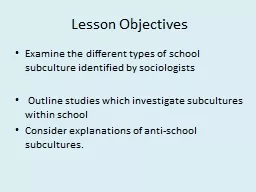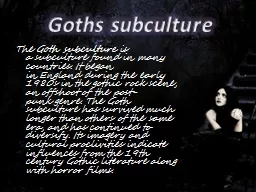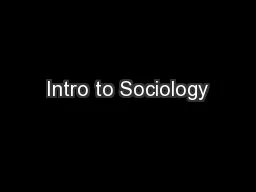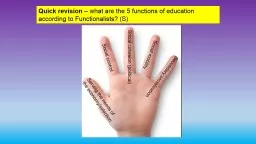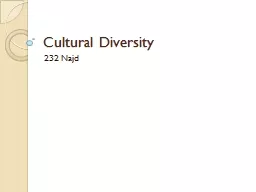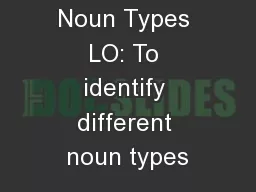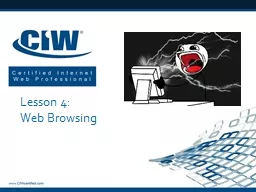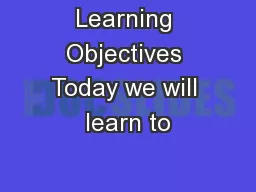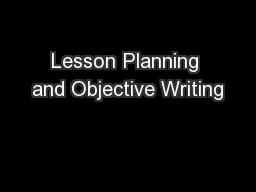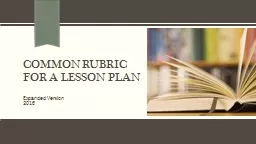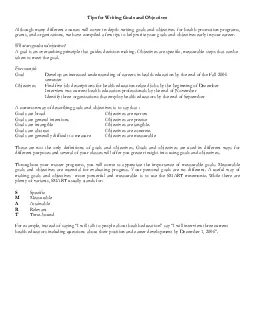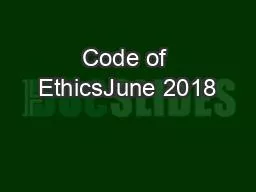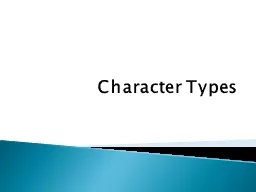PPT-Lesson Objectives Examine the different types of school subculture identified by sociologists
Author : luanne-stotts | Published Date : 2018-10-21
O utline studies which investigate subcultures within school Consider explanations of antischool subcultures Antischool subcultures What will there attitude of school
Presentation Embed Code
Download Presentation
Download Presentation The PPT/PDF document "Lesson Objectives Examine the different..." is the property of its rightful owner. Permission is granted to download and print the materials on this website for personal, non-commercial use only, and to display it on your personal computer provided you do not modify the materials and that you retain all copyright notices contained in the materials. By downloading content from our website, you accept the terms of this agreement.
Lesson Objectives Examine the different types of school subculture identified by sociologists: Transcript
O utline studies which investigate subcultures within school Consider explanations of antischool subcultures Antischool subcultures What will there attitude of school be What set would they be in. A Few Additional ReferencesGriffin.Whitlock, J., Lader, W. & Conterio, K. (2007) The Intenet and self-injury: Whathttp://smhp.psych.ucla.edu/qf/youthculture.htm Adelman, H.S., & Taylor, L. (2006a).Ade The . Goth subculture. is . a. subculture found in many countries. It began in England during the early 1980s in the gothic rock scene, an offshoot of the post-punk genre. The Goth subculture has survived much longer than others of the same era, and has continued to diversify. Its imagery and cultural proclivities indicate influences from the 19th century Gothic literature along with horror films.. In a boat at sea one of the men began to bore a hole in the bottom of the boat. On being remonstrating with, he answered, "I am only boring under my own seat." "Yes," said his companions, "but when the sea rushes in we shall all be drowned with you.". Social control. Social cohesion (political). Social mobility. Secondary socialization. Quick revision – . what are the 5 functions of education according to Functionalists? (S). . Quick revision – . 232 Najd. Subculture. When societies are very small, such as small villages in traditional societies, then all people may share a common culture or way of life. . However, as societies become larger and more complicated, a number of smaller groups may emerge within the larger society, with some differences in their beliefs and way of life. . There are 4 types of noun here – can you guess which Is which?. On Friday, at school, the choir was full of dismay when the concert was cancelled.. Common - Collective -. Proper. - Abstract. LO: To identify different noun types. Identify the basic functions of Web browsers. Install a Web browser. Identify the components of Web addresses. Describe the functioning of a Web browser. Identify considerations in selecting a browser. Identify the different components of the BTEC Travel and Tourism Course. Key Words. PLTS Identified. . BTEC IN TRAVEL AND TOURISM. Learning Objectives. Today we will learn to. Identify the different components of the BTEC Travel and Tourism Course. MENC SEMINAR . Tuesday, January 13, 2009. Mrs. Laura Ferranti. Overview of Seminar. Importance of good lesson planning. Components of a lesson plan. Define . the term “objective”. How to write meaningful objectives. Common Rubric for a lesson Plan Expanded Version 2016 Development of the Common Rubric for a Lesson Plan What CAEP standards align with the common rubric? The Common Rubric for a Lesson Plan aligns directly with CAEP Standard 1: Candidate Knowledge, Skills, and Professional Dispositions, which calls for teacher candidates to demonstrate an understanding of the 10 Blooms Taxonomy of Cognitive Objectives Blooms taxonomy of cognitive objectives originated by Benjamin Bloom and collaborators in the 1950s describes several categories of cognitive learning These sta x0000x00002 x/MCIxD 0 x/MCIxD 0 Table of ContentsPREAMBLEGENERAL PRINCIPLESPrinciple AProfessional CompetencePrinciple B IntegrityPrinciple C Professional and Scientific ResponsibilityPrinciple D Res static. , and dynamic characters. I will explain what each of these entail so that you can identify types of characters in stories that you read. . Introduction. Protagonist/Antagonist. It is easiest to think of the protagonist and antagonist characters as the "good guy" and the "bad guy" respectively. How are these fish different?. Fish. What do you notice about each of these fish?. How many types of fish can you name?. Name this fish. Prawn. Name this fish. Mackerel. Name this fish. Haddock. Name this fish.
Download Document
Here is the link to download the presentation.
"Lesson Objectives Examine the different types of school subculture identified by sociologists"The content belongs to its owner. You may download and print it for personal use, without modification, and keep all copyright notices. By downloading, you agree to these terms.
Related Documents

